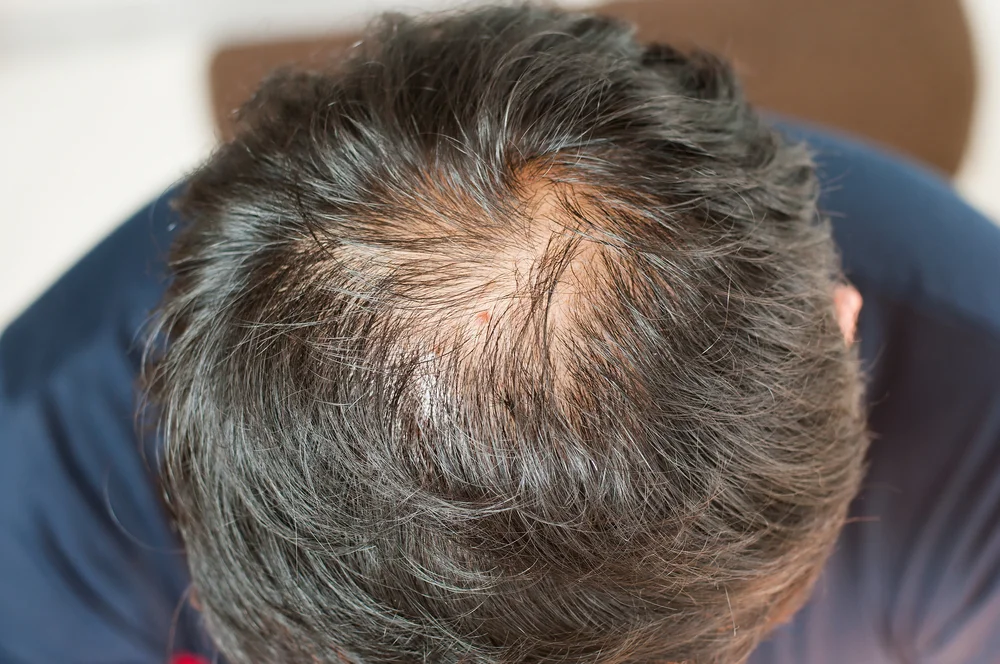- As the popularity of cosmetic surgery has grown, so too have the number of areas treated.
- One recent emerging specialty is cosmetic surgery for the toes and feet.
- Some specialists are against foot plastic surgery performed solely for cosmetic purposes.
According to statistics from the American Society of Plastic Surgeons (ASPS), 17.5 million surgical and minimally invasive aesthetic procedures were performed in the U.S. in 2017.
As cosmetic surgery has become more accepted and popular, people have begun to seek aesthetic treatment for virtually every area of the body.
In this article, we explore a new and emerging area in the field of cosmetic surgery: foot surgery, or in informal terms, “Cinderella surgery.”
Cosmetic foot surgeries and non-invasive treatments
Foot surgery is usually performed for functional, as opposed to cosmetic, purposes.
Examples of function-related foot surgeries include reconstructive surgery to correct congenital deformities or address traumatic injuries, bunionectomy (surgery to remove bunions), and treatments that help people who have trouble walking.
Compared to functional foot surgery, the concept of cosmetic foot surgery is relatively new and underdeveloped. But while foot beautification is not the most popular area of cosmetic surgery, it actually encompasses a wide variety of surgical and non-surgical cosmetic treatments.
Toe shortening
Some foot surgeries can have both cosmetic and functional aspects, as is the case with toe shortening.
“Toe shortening is a common surgical procedure that is performed on the lesser digits due to hammering or buckling of the toes because of length,” explains Samira Mehrizi, DPM, a Los Angeles aesthetic podiatrist.
The procedure is intended to correct a toe (usually the second or third toe) that is too long, making the foot aesthetically unpleasing and difficult to fit into certain styles of shoes.
Recovery takes about four to six weeks, Mehrizi says, and sometimes requires a pin placement that is removed around the fourth week, or implanted hardware that will keep the toes straight.
“Toe shortening is performed as an outpatient procedure, with most patients returning home immediately after surgery,” says Bruce Pinker, DPM, a board certified podiatrist and foot surgeon in White Plains, NY.
The procedure does come with some risks, according to Mehrizi, including pin tract infection, swelling, numbness, redness, hematoma (pooling of blood), and seroma (fluid accumulation).
Cost: $500 – $1,500 per toe.
Bunionectomy
Bunionectomy, or surgery to remove a bunion, is another foot surgery that can have both cosmetic and functional benefits. Most patients who seek out bunion surgery suffer from chronic pain, shoe problems, and the desire for more aesthetically appealing feet.
A bunion is a bump or lump on the foot that permanently changes the foot’s shape, pushing the big toe toward the second toe. Aside from any aesthetic issues, bunions also cause pain and inflammation. There are numerous potential causes of bunions, including hereditary and genetic factors like flat feet, arthritis, damage to the joints, and ill-fitting shoes.
There are many ways to surgically repair bunions. In fact, bunionectomy is a highly customized procedure.
“Most surgeons use certain patient factors such as severity, bone quality (or presence of osteoporosis), and desired post-operative course — including patients’ goals and expectations — to decide on which of the many procedures to perform,” says Peter D. Highlander, DPM, MS, a reconstructive foot and ankle surgeon based in Bellevue, OH.
In some cases, patients’ preference can dictate the course of treatment in terms of getting a quicker recovery, although this could entail a higher risk of bunion recurrence. More invasive techniques can potentially have better long-term outcomes but may require the patient to use crutches for several weeks.
According to the American Academy of Orthopedic Surgeons (AAOS), recovery from bunionectomy can take up to six months, and follow-up appointments are often necessary for up to a year. Potential complications include infection, nerve injury, continued pain, healing problems with the bone, stiffness in the big toe, and recurrence of the bunion.
Following bunionectomy most patients experience less foot pain and have an easier time with everyday activities, including walking. However, the procedure is not recommended unless other options have been exhausted. It is a serious surgery that often entails significant downtime.
Cost: Because bunions can compromise the function of the feet and affect walking, surgery to remove bunions is often covered by insurance.
Toe liposuction
Liposuction can work wonders on pesky pockets of fat on the thighs, buttocks and other problem areas, but recently some doctors have also begun offering it to “debulk” the toes. Mehrizi says this can have the effect of making the toes look thinner and longer.
Recovery from toe liposuction is approximately four weeks, and risks can include bruising, scarring, hematoma, seroma and possible malformation of the toe.
Because of the potential downtime associated with toe liposuction, Mehrizi does not offer this procedure, nor does Pinker.
Cost: $800 – $2,000 per toe.
Botox injections
This popular minimally invasive procedure is used to relieve hyperhidrosis or excessive sweating of the feet. Recovery is a couple of hours and risks include numbness, redness and swelling.
“In my opinion, it offers an amazing solution to a very serious problem for some people,” Mehrizi says.
Cost: around $800 – $1,000 per foot.
Filler injections
Sometimes referred to as “Loub jobs” due to the fact that they are popular among women with a passion for Christian Louboutin heels, injections of soft fillers to the feet can provide cushion to the heel and bottom of the foot in order to reduce pain when walking in high heels.
“We utilize Juvederm as a filler for pain at the ball of the foot,” says Pinker. “It’s a very simple and safe procedure, ideal for women, so they can still can still wear high heels without the pain.”
Cost: Varies by surgeon but most filler procedures cost $500 – $800 per syringe.
Laser treatment
Laser treatment can be used to treat hairy feet, as well as fungal toenails and toenail infections caused by yeast and mold.
“Nearly 50 million Americans suffer from toenail fungus, so about 1 in 6 people in our country need to address toenail issues,” says Pinker. Unlike topical treatments, laser treatment can be very effective.
Mehrizi is similarly upbeat about this treatment; she feels that the pain associated with laser treatment is worth the long-term results. Recovery time is a few hours and risks include redness, irritation, itching, and swelling.
Cost: $500 – $1,000 per treatment with a minimum of 3-4 treatments.
Skin resurfacing
“Skin resurfacing for the feet helps with hyperpigmentation, dry dead skin and overall leaves feet looking rejuvenated,” says Mehrizi. “I like this procedure since it helps the overall appearance and quality of the skin in the feet.”
Recovery ranges from minutes to hours and usually involves mild pain due to the chemicals used during the process. Risks include swelling, burning and redness.
Cost: Approximately $150 – $200 per treatment.
Cosmetic controversy
It is important to note that while some doctors fully endorse cosmetic foot surgery, other doctors — not to mention prominent medical organizations — do not support the practice.
The American Orthopedic Foot and Ankle Society has cautioned that cosmetic foot surgery can cause a variety of foot complications, including infection, permanent nerve damage, bleeding, scarring, and chronic pain when walking.
Highlander does not recommend foot surgery solely for cosmetic reasons. Many patients have sought out his help after having cosmetic procedures performed by other surgeons because they are unhappy or, even worse, are experiencing pain that was not present prior to surgery.
Even the revision surgery performed to help these patients can be problematic. “The trauma from previous surgery promotes scar tissue and other soft tissue challenges that can sometimes be very difficult to restore,” he says.
Highlander believes that anyone thinking of undergoing cosmetic foot surgery should understand the surgeon’s goals and expectations, and the likelihood of a poor outcome. He also points out that because cosmetic foot surgery is relatively new, less is known from a research standpoint.
» To find out more about foot plastic surgery, use Zwivel’s online directory to search for cosmetic doctors in your area.









